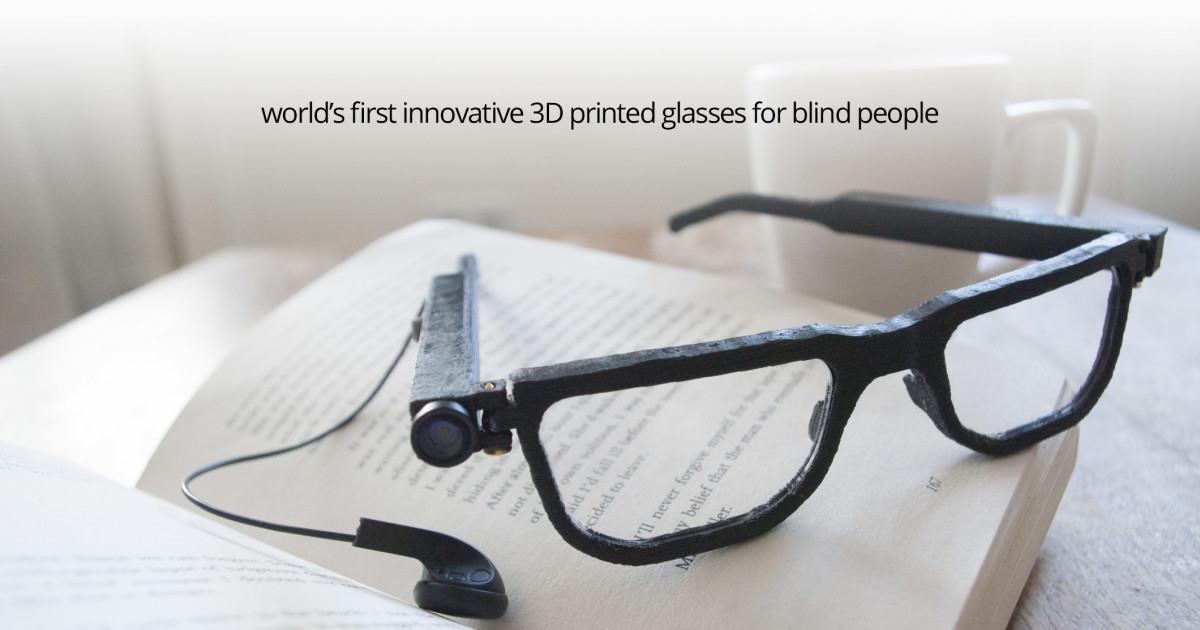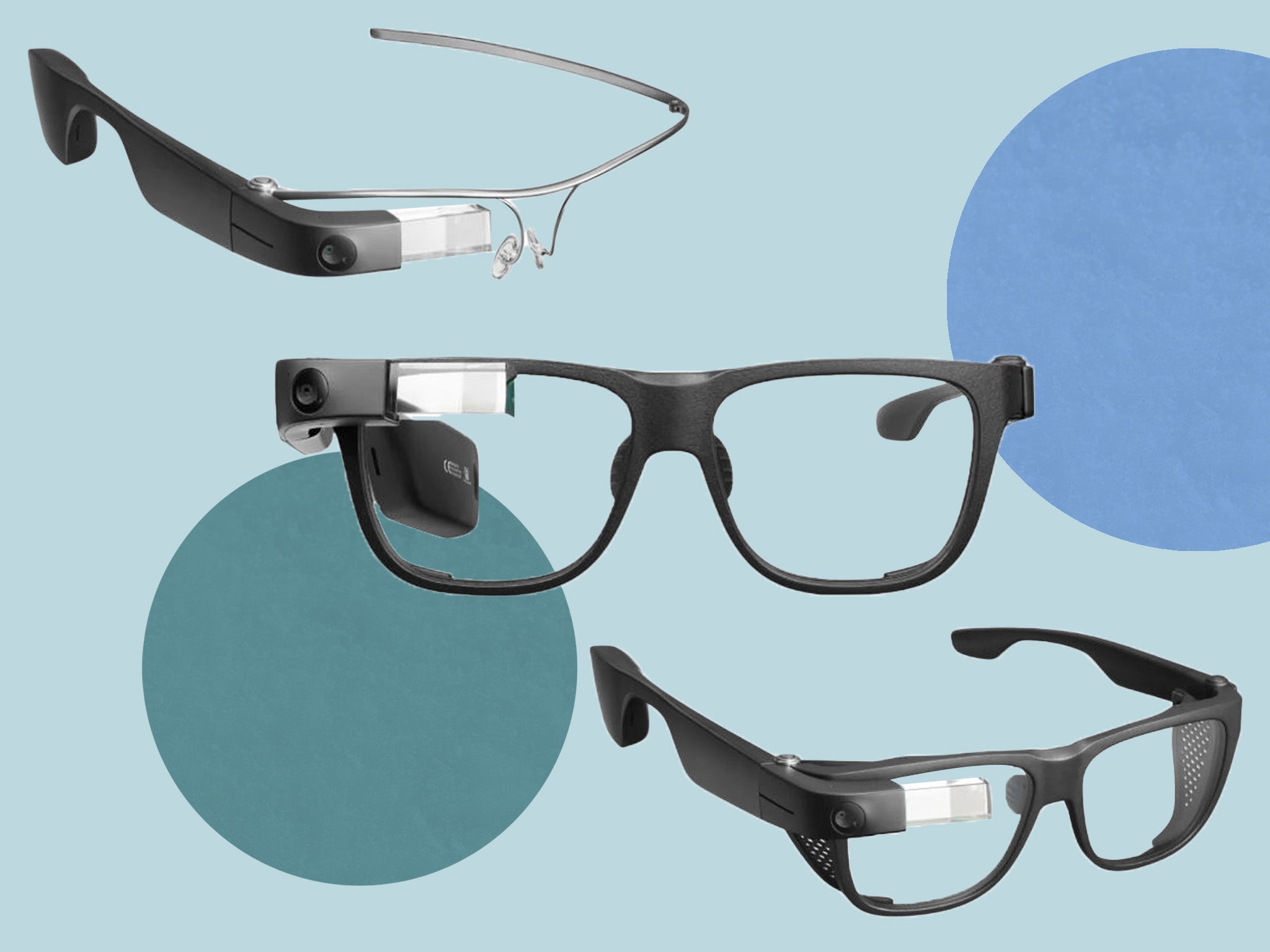Maximizing Efficiency with Screen Readers for the Blind: A Comprehensive Guide
Maximizing Efficiency with Screen Readers for the Blind: A Comprehensive Guide
Blog Article
Empowering Self-reliance With Assistive Innovation for the Blind
The combination of assistive modern technology for individuals who are blind or aesthetically impaired stands for a significant improvement in promoting independence and enhancing quality of life. With a variety of tools-- from display viewers to cutting-edge responsive devices-- these modern technologies not only assist in navigating and interaction however likewise promote social addition and involvement in different elements of life.
Understanding Assistive Technology
Although assistive technology has advanced significantly throughout the years, its basic objective continues to be the very same: to boost the lifestyle for people with specials needs, especially those who are aesthetically impaired or blind. This modern technology incorporates a broad series of tools and tools that assist in self-reliance and functionality in day-to-day tasks.
Assistive technology can be classified right into modern and low-tech solutions, each made to satisfy particular needs. Sophisticated gadgets typically include software program applications, specialized hardware, and flexible gadgets that make use of sophisticated technology to give support in numerous contexts. Conversely, low-tech options may entail daily things that are changed to boost ease of access, such as magnifiers or responsive markers.
The assimilation of assistive innovation right into the lives of individuals that are blind or visually hindered not just promotes autonomy yet also cultivates social inclusion and involvement in instructional and expert settings. By leveraging these technologies, individuals can browse their surroundings, gain access to details, and communicate successfully, therefore enhancing their general top quality of life. Understanding assistive innovation is critical for professionals, caregivers, and supporters that intend to sustain people in maximizing their potential and achieving greater self-reliance.
Types of Assistive Instruments
Assistive tools for the blind and visually impaired are essential tools that enhance daily living by dealing with particular difficulties come across by customers. These tools can be generally classified right into three primary types: optical devices, electronic devices, and sensory devices.

Sensory gadgets, such as Braille display screens and responsive maps, give alternative methods to receive information. Braille displays transform digital message into Braille, enabling individuals to check out with touch. Responsive maps supply spatial understanding through raised structures and lines, permitting better environmental awareness.
Together, these assistive tools encourage people with visual disabilities to engage even more totally with their environments, advertising higher freedom and self-confidence in day-to-day tasks.

Influence On Day-to-day Live
The assimilation of assistive modern technology into the every day lives of individuals that are blind or aesthetically impaired substantially enhances their capacity to browse and communicate with the world around them. Devices such as screen readers, Braille displays, and mobile applications promote accessibility to information, permitting individuals to engage with electronic content, connect successfully, and manage day-to-day tasks individually.
Moreover, technologies like clever glasses and navigation applications offer real-time aid in strange atmospheres, boosting wheelchair and self-confidence. These tools make it possible for individuals to recognize obstacles, reviewed signs, and also recognize faces, therefore cultivating a sense of freedom in public spaces. Furthermore, home automation systems, which can be regulated with voice commands, permit individuals to manage their living settings better, enhancing comfort and safety and security.
The impact of assistive innovation prolongs beyond practical jobs; it advertises social addition and emotional health. By linking the gap between people and their environments, these technologies equip customers to participate fully in neighborhood activities, seek instructional opportunities, and take part in purposeful partnerships. Ultimately, the improvement of assistive modern technology is crucial in redefining the possibilities for individuals who are aesthetically damaged or blind, bring about an extra available and inclusive society.
Success Stories and Testimonies

Another effective testimony comes from Mark, a recent college grad who utilized display analysis software application throughout his academic trip. This modern technology try here enabled him to access course products and take part in discussions, inevitably causing his successful transition right into the workforce. Mark credit scores assistive innovation for empowering him to attain his occupation goals, stressing its function in leveling the having fun field for people the eye center with visual impairments.
In addition, recreation center have reported increased involvement in their programs thanks to the intro of available electronic platforms. These systems have made it much easier for individuals to attach, share resources, and assistance one another. These success stories jointly highlight the extensive effect of assistive modern technology in fostering freedom, enhancing lifestyle, and breaking down barriers for the blind and aesthetically impaired community.
Future Patterns in Assistive Technology
Emerging innovations are positioned to revolutionize the landscape of assistive technology for people who are visually impaired or blind. Innovations in man-made knowledge (AI) and artificial intelligence are boosting the capabilities of gadgets, allowing even more intuitive user experiences. For circumstances, AI-driven applications are progressively able to review and identify objects message aloud in real-time, giving individuals with important information about their environments.
Furthermore, innovations in wearable technology are creating new possibilities for freedom. Smart glasses furnished with augmented truth attributes can overlay crucial details onto the customer's visual field, promoting navigating and communication with the setting. Moreover, the integration of Internet of Things (IoT) gadgets is enhancing ease of access in clever homes, permitting customers to control home appliances and get alerts via voice commands or responsive user interfaces.
The development of braille screens and tactile comments systems is likewise growing, promoting access to electronic content and enhancing communication. As these technologies proceed to progress, they promise to improve day-to-day living, educational opportunities, and employment leads for individuals with aesthetic problems. Constant partnership in between official source engineers, users, and campaigning for groups will certainly be necessary in ensuring these technologies meet the needs of the community successfully.
Final Thought
To conclude, assistive technology plays an essential duty in enhancing the independence of individuals who are aesthetically damaged or blind. By providing vital devices and sources, these modern technologies facilitate improved communication, navigation, and gain access to to info, consequently cultivating autonomy and confidence. The transformative impact of assistive devices not only advertises reliable communication with the setting however likewise motivates social inclusion and participation in various aspects of life, inevitably encouraging individuals to flourish within their communities.
The integration of assistive modern technology for people that are aesthetically damaged or blind stands for a considerable improvement in promoting independence and boosting high quality of life.The integration of assistive technology right into the lives of individuals who are blind or visually impaired not just advertises autonomy yet additionally promotes social inclusion and engagement in expert and academic environments. Eventually, the development of assistive technology is important in redefining the opportunities for people that are visually impaired or blind, leading to an extra easily accessible and inclusive culture.
Numerous people who are blind or aesthetically impaired have shared motivating success stories that highlight the transformative influence of assistive technology on their lives.In verdict, assistive technology plays a crucial role in boosting the independence of individuals that are blind or visually damaged.
Report this page